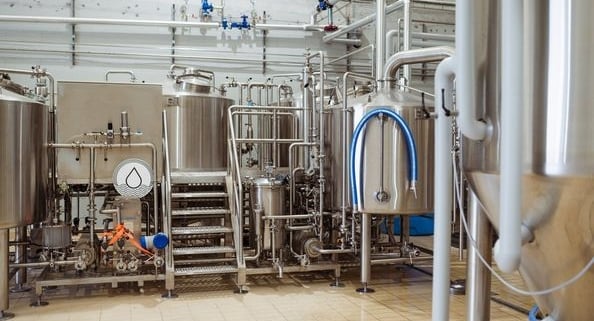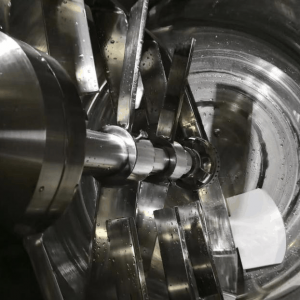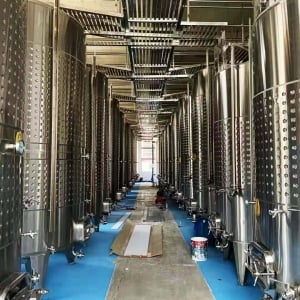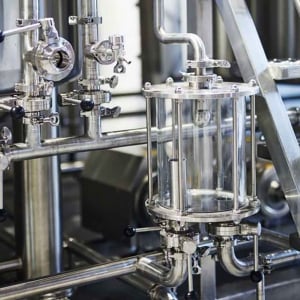Commercial Kombucha Brewing Equipment
Overview of Commercial Kombucha Brewing Equipment
Kombucha, the sparkling fermented tea gaining popularity worldwide, requires specialized equipment to brew at a commercial scale. If you’re transitioning from home brewing to producing kombucha on an industrial level, it’s essential to invest in the right brewing equipment. Commercial kombucha brewing systems allow you to scale production while maintaining consistency, flavor, and quality. From fermenters and kettles to carbonation systems, these tools play a significant role in efficiency and product quality.
But what kind of equipment do you need? How do you troubleshoot brewing challenges or choose the best suppliers? In this comprehensive guide, we’ll break down everything you need to know about commercial kombucha brewing systems. We’ll cover the brewing process, troubleshooting common issues, equipment comparisons, costs, maintenance tips, and more.
Ready to dive in? Let’s explore what it takes to set up and operate a successful kombucha brewery.

The Brewing Process: How Kombucha is Made on a Commercial Scale
Kombucha production may seem simple on the surface—tea, sugar, and fermentation. However, scaling up to commercial levels requires careful attention to detail and advanced equipment.
- Tea Brewing: Large stainless steel kettles or brewing tanks are used to steep the tea leaves. The tea must be prepared at specific temperatures and steeping times for consistency. After steeping, the hot tea is cooled using heat exchangers or chillers.
- Sweetening the Tea: Once cooled, sugar is added to feed the SCOBY (Symbiotic Culture of Bacteria and Yeast). Commercial systems include precision dosing equipment to ensure the correct sugar-to-liquid ratio.
- Primary Fermentation: In commercial breweries, fermenters (typically stainless steel tanks) are used to house the kombucha during primary fermentation. The SCOBY is added to the tea mixture, and the tanks are sealed or semi-sealed, depending on production needs.
- Secondary Fermentation: To add flavors and carbonation, kombucha undergoes secondary fermentation. Carbonation systems inject CO₂ for a consistent, bubbly texture, while flavoring tanks infuse fruits, herbs, or other ingredients.
- Filtration and Packaging: Kombucha is filtered to remove particulates and prevent over-fermentation. It’s then bottled, canned, or kegged using automated packaging lines.
- Cold Storage: Finished kombucha must be refrigerated to slow fermentation and preserve shelf life. Cold rooms or walk-in freezers are essential at the commercial scale.
By understanding each phase of this process, you can better evaluate the equipment needed for efficiency and quality.
Key Equipment for Commercial Kombucha Brewing
1. Fermenters and Brewing Vessels
Fermenters are at the heart of any kombucha brewery. These vessels hold the kombucha during fermentation and must meet food safety standards.
| Parameter | Details |
|---|---|
| Capacity | Options range from 50 gallons to 10,000+ gallons. |
| Material | Food-grade stainless steel is preferred for durability and cleanliness. |
| Design | Cylindroconical tanks are ideal for draining sediment and harvesting SCOBY. |
| Space Requirements | Vertical designs save space; horizontal tanks may require larger floorspace. |
| Customization Options | Custom ports, valves, and sampling systems are available. |
2. Brewing Kettles and Tea Tanks
Brewing kettles are used to prepare the sweet tea base, a foundational step in kombucha production.
| Parameter | Details |
|---|---|
| Capacity | Ranges from 50 to 5,000+ gallons, depending on batch size. |
| Material | Stainless steel or food-grade plastic (though plastic is less durable). |
| Heating Mechanism | Direct fire, steam jacketed, or electric systems. |
| Cooling Features | Integrated chillers or heat exchangers. |
3. Carbonation and Flavoring Systems
These systems enhance kombucha’s appeal by ensuring consistent flavors and fizz.
| Parameter | Details |
|---|---|
| CO₂ Carbonation Units | Inject precise amounts of CO₂ into the product for consistent bubbles. |
| Flavoring Tanks | Infuse flavorings post-fermentation with herbs, fruits, or extracts. |
| Filtration Systems | Remove unwanted particulates while maintaining flavor. |
Top Suppliers and Price Range for Commercial Kombucha Equipment
When it comes to sourcing kombucha brewing equipment, several reliable manufacturers offer high-quality systems. Below is a detailed table comparing top suppliers, their specialties, and price ranges:
| Supplier | Specialties | Price Range |
|---|---|---|
| BrewBilt Manufacturing | Custom stainless steel fermenters and kettles. | $10,000 – $100,000+ |
| Ss Brewtech | Small-to-medium-scale kombucha brewing systems. | $5,000 – $50,000 |
| GW Kent | Large-scale brewing and fermentation systems. | $20,000 – $200,000 |
| Alpha Brewing Operations | Turnkey kombucha brewing lines and packaging. | $50,000 – $250,000+ |
Installation, Operation, and Maintenance of Brewing Equipment
Installation
Installing commercial kombucha equipment requires precise planning to optimize space and ensure operational flow. Professional installation teams can help set up fermenters, kettles, and carbonation systems efficiently.
Operation
Operating brewing equipment involves following manufacturer guidelines for temperatures, fermentation times, and maintenance schedules. Automated systems simplify operations, reducing labor requirements.
Maintenance
- Cleaning: Regular CIP (Clean-in-Place) systems ensure tanks are sanitized between batches.
- Inspections: Check seals, valves, and ports for wear and tear.
- Repairs: Promptly address any mechanical issues to prevent downtime.
How to Choose the Best Supplier for Kombucha Brewing Equipment
When selecting a supplier, consider the following factors:
| Factor | Details |
|---|---|
| Experience | Look for manufacturers with a proven track record in the food/beverage industry. |
| Customization | Ensure the supplier offers tailored solutions to meet your brewery’s needs. |
| Cost | Compare upfront costs with long-term operational savings. |
| Support Services | Choose suppliers offering installation, training, and ongoing support. |
| Customer Reviews | Research reviews and testimonials to gauge customer satisfaction. |
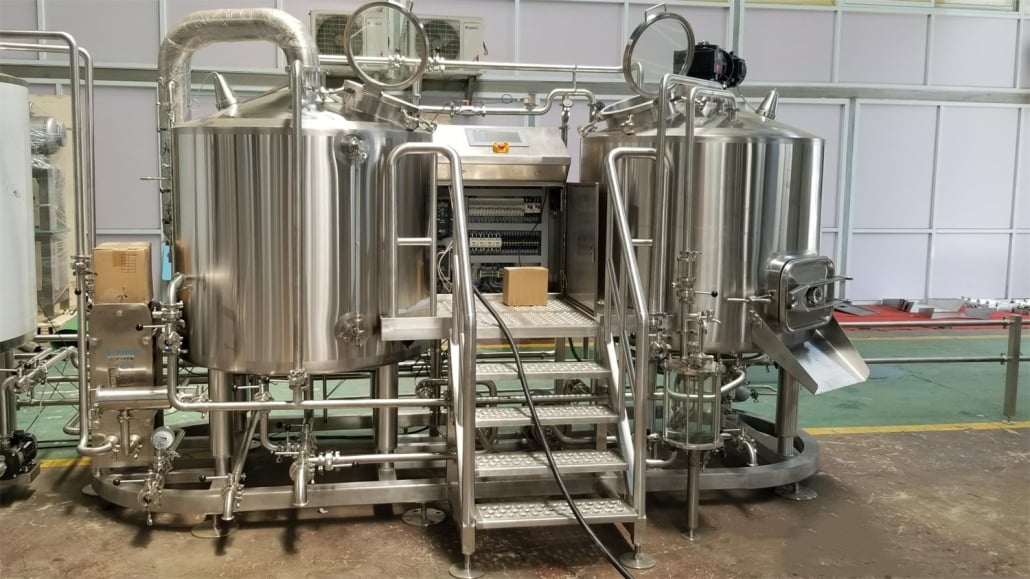
Advantages and Limitations of Commercial Kombucha Brewing Equipment
| Aspect | Advantages | Limitations |
|---|---|---|
| Efficiency | Reduces labor and increases production output. | High upfront investment. |
| Quality Control | Consistent fermentation and flavoring results. | Requires skilled operators for setup. |
| Scalability | Easy to scale production as demand grows. | Maintenance costs can be significant. |
| Automation | Streamlines processes like carbonation and packaging. | Limited customization for smaller systems. |
Troubleshooting Common Issues in Commercial Brewing
- Over-Carbonation: Check CO₂ levels and recalibrate carbonation units.
- SCOBY Contamination: Ensure strict sanitation of fermenters and brewing tanks.
- Inconsistent Flavor: Regularly test raw ingredients and monitor fermentation times.
FAQ
| Question | Answer |
|---|---|
| What is the best material for fermenters? | Stainless steel is the most durable and easy to clean material. |
| How much does commercial brewing equipment cost? | Costs vary but range from $10,000 to over $200,000 based on scale. |
| How do I maintain brewing equipment? | Use CIP systems, inspect valves regularly, and sanitize between batches. |
| Can I automate the brewing process? | Yes, automation reduces labor and ensures consistency in large-scale brewing. |
By investing in high-quality kombucha brewing equipment and understanding the ins and outs of the process, you’ll set your business up for success. Whether you’re scaling a small operation or launching a large commercial brewery, the right tools will make all the difference.

